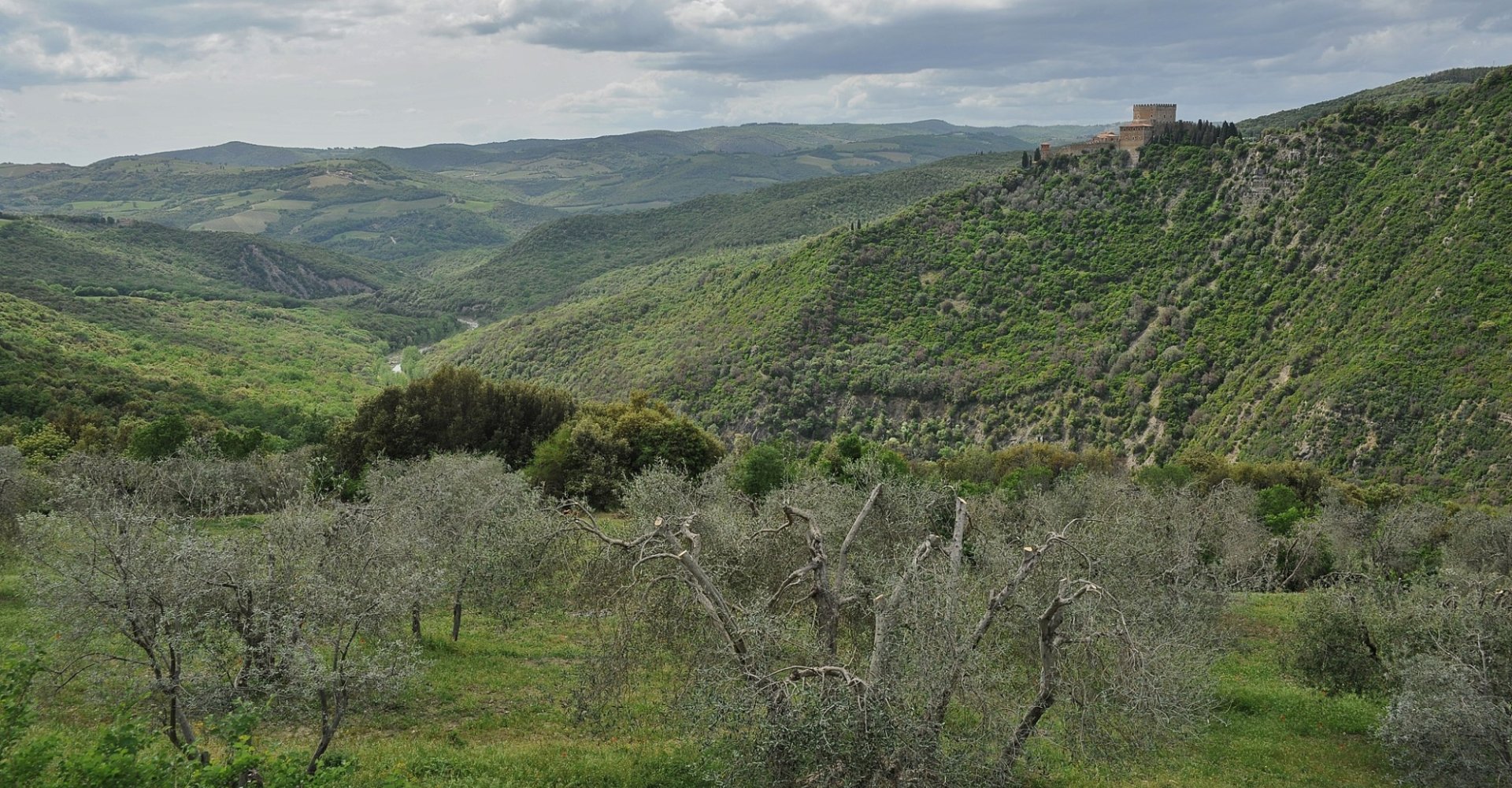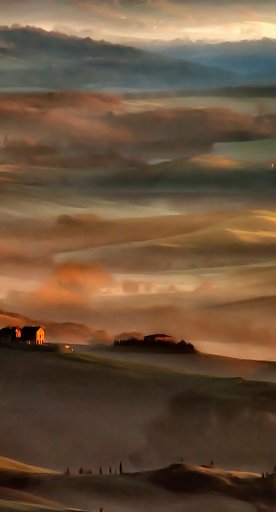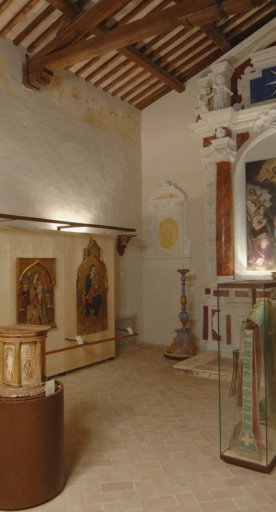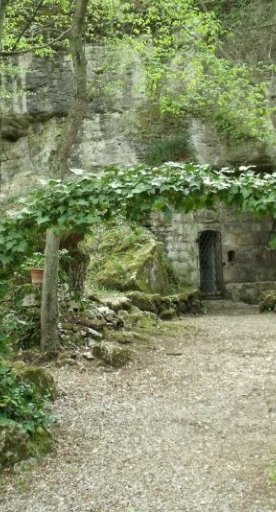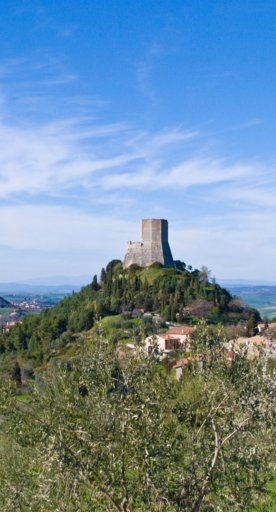Ripa d’Orcia Regional Natural Reserve
Hills, river valleys and rich Mediterranean scrubland characterize the Ripa d'Orcia protected area, a striking corner of the UNESCO landscape
The Ripa d’Orcia Regional Natural Reserve is part of the protected areas located in the territory of the Val d’Orcia, where it covers 274 hectares, between the castle of the same name and the confluence of the Orcia River and the Asso stream. The southern boundary of the reserve, which falls within the municipality of Castiglione d'Orcia, is drawn precisely by the riverbed, to the left of which is the contiguous area, aimed at ensuring the protection of the protected area.
The landscape is spaced by the reliefs and depressions created by the course of the Orcia River, which flows through a narrow and picturesque valley, surrounded by cliffs that drop steeply into the riverbed; here riparian vegetation creates fascinating formations shaped like a gallery frequented by a rich fauna and an ideal environment for the growth of the Santolina etrusca, an endemic plant that is typical of the area.
A shrub and woodland vegetation covers the rest of the reserve. At the edges of cultivated fields, it is easy to observe bushes of Biancospino (hawthorn), Rosa canina (dog rose) and Pruno (prunus) while the Corbezzolo (arbutus), the Erica (heather) and the Pungitopo (butcher’s broom) enrich the undergrowth, home to numerous plant and flower species, including some rare ones such as the Orchidea palustre (marsh orchid). In addition, the Ripa d’Orcia area is covered by the canopies of willows, poplars, and ash trees, which are fewer than the forests of holm oaks and maquis, where the Quercus ilex (holm oak) and the evergreen oak thrive.
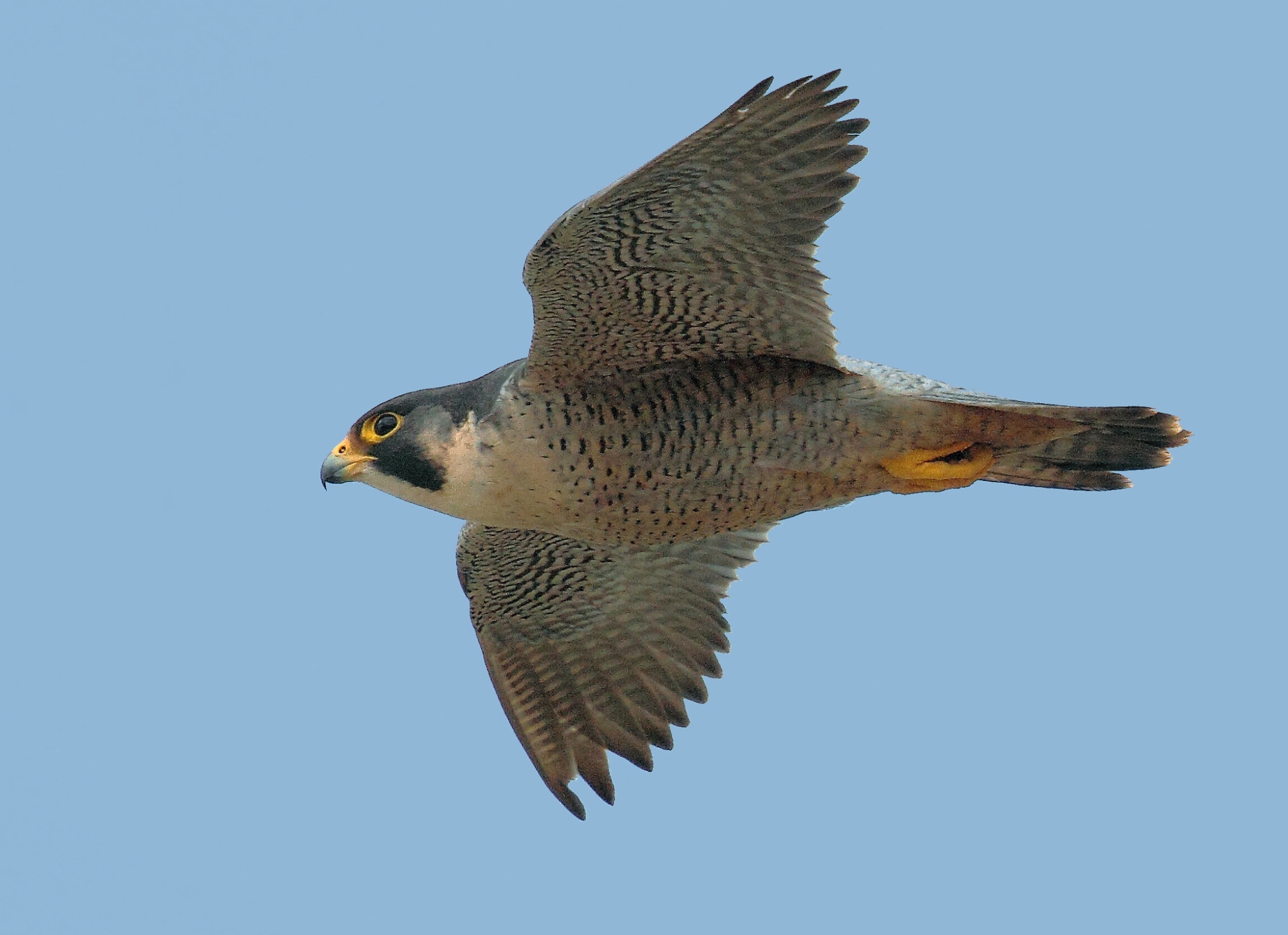
The fauna that populates the Ripa d'Orcia Regional Nature Reserve includes species of conservation interest such as the Biancone (short-toed eagle), the Falco pecchiaiolo (buzzard) and the Falco pellegrino (peregrine falcon): this latter can be spotted near the cliffs of the Orcia River, which it chooses as its breeding area. The sky of the protected area is also furrowed by other raptor species such as the owl and buzzard, while the rivers are home to various amphibians such as the Tritone crestato (crested newt), the Raganella italiana (tree frog) and the Rana appenninica (Appennines frog), an endemic species of this area.
The Mediterranean fauna is, instead, made up of of the woodpecker and terrestrial species including porcupines, wild boar, and deer, whose footprints can be seen on the trails through the reserve.
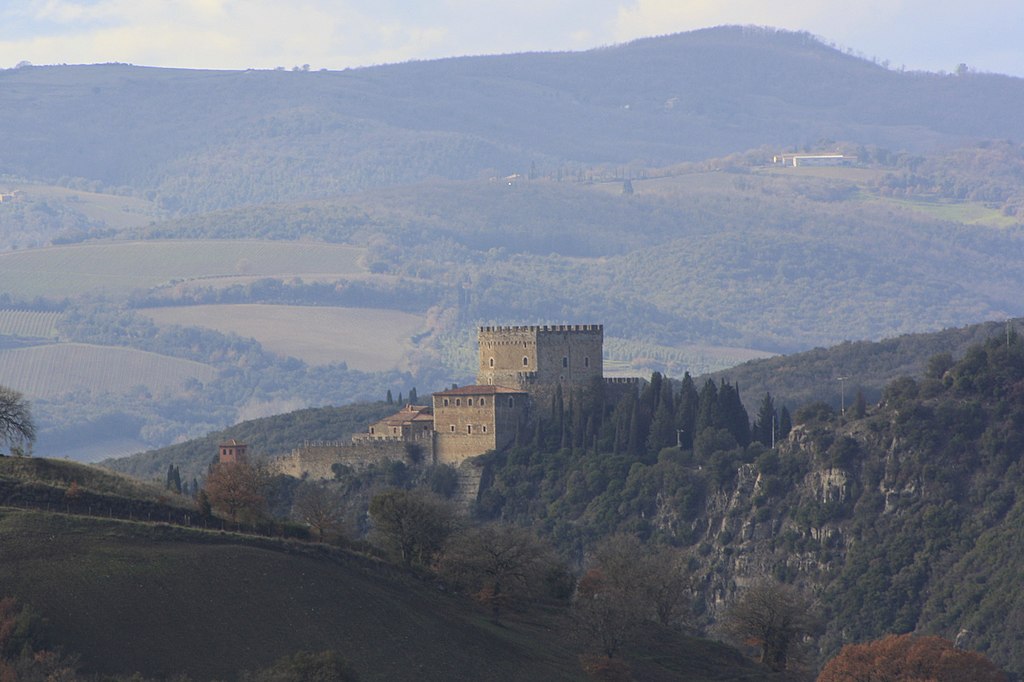
The network of trails winding through the scenic views of the protected area allows you to explore the natural reserve on white and country roads: glimpses from the higher elevations sweep the view over the places filled with charm lying between Castiglione d’Orcia and San Quirico d’Orcia, such as thr valley separating Vignoni Alto and Bagno Vignoni, and the medieval Castle of Ripa d'Orcia, now private property.
Part of these paths are part of the CAI trails, suitable for a hiking level. Along all the paths, and especially on those less traveled, it is possible to come across the traces left by the animals that populate the Crete dell'Orcia: if you look carefully, you will be able to spot the footprints of deer, the quills of porcupines and the feathers of the many birds that can be seen the area.
